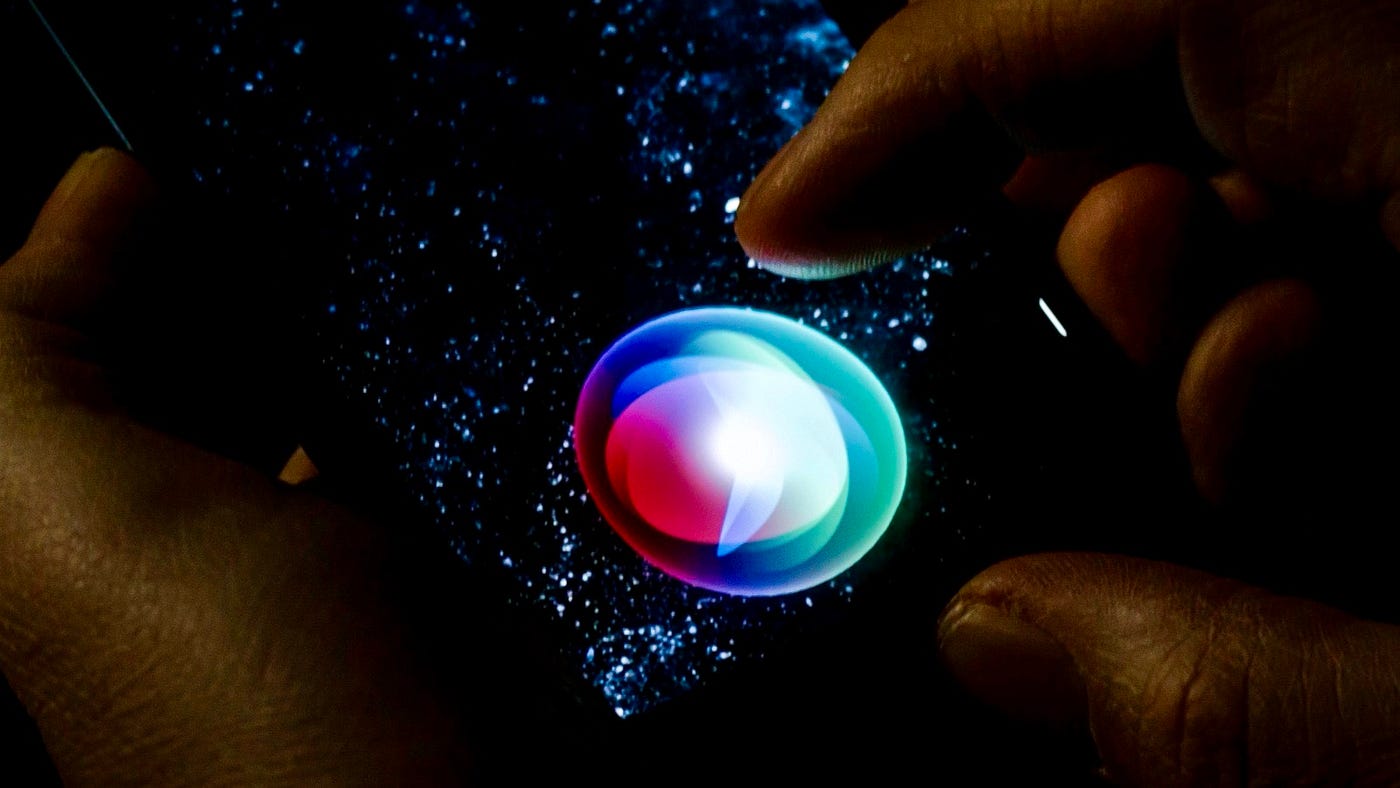It’s incredible to look back on how much virtual assistants have evolved over the past decade – especially Apple’s Siri. When Siri first launched in 2011, the voice-activated personal assistant was considered revolutionary. However, in hindsight, that first version of Siri seems extremely basic. Let’s explore Siri’s progression and capabilities over the years.

In the Beginning When Siri debuted on the iPhone 4S, the virtual assistant only supported a handful of tasks like checking the weather, creating reminders and setting alarms. While novel at the time, Siri’s limited functionality left a lot to be desired. Early versions also faced criticism for spotty voice recognition and slow response times.
The Learning Years Incremental improvements addressed early limitations and expanded Siri’s scope over the next several iOS iterations. Apple leveraged machine learning to dramatically sharpen speech comprehension and response lag. Support grew from just English to over 20 languages by 2014. Siri became usable across more Apple devices like Macs and the Apple Watch for a connected ecosystem.
Today: A Mature & Connected Assistant A decade of enhancements now enable Siri to handle thousands of requests with precision and greater context. Seamless home device control provides added convenience to daily routines. On iOS 16, Siri filters unwanted notifications, transcribes messages, facilitates Call Relay support and handles Shortcuts automation. Through personalized updates and proactive recommendations via Continuity, Siri finally feels like an intelligent assistant rather than basic voice interface.
It’s incredible to observe the accelerated evolution happening in artificial intelligence. In just 10 years, Apple’s pioneering voice assistant has transformed modern digital experiences thanks to relentless innovation. One can only imagine what the next decade of advancements has in store as virtual assistants like Siri continue learning and maturing!

